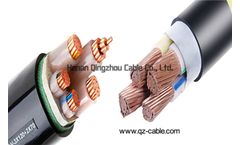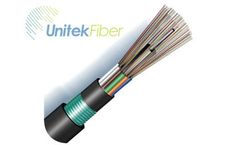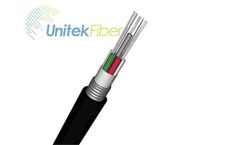Cables And Find Fault Articles & Analysis
5 articles found
The laying methods of power cables are as follows: direct burial laying, pipe laying, shallow groove laying, cable trench laying, cable tunnel laying, and overhead layin Several methods of laying power cables have advantages and disadvantages. Generally, urban development planning, the density of existing buildings, the length of cable lines, the number of cables, and the impact of the ...
Cables, especially XLPE insulated power cables, have been widely used in urban power grid reconstruction projects. However, due to the particularity of the power cable, there are special requirements for the installation, operation and maintenance of the power cable. The cable insulation resistance is reduced due to moisture or water ingress, which is one of the important aspects of cable line ...
Answer: it is strictly prohibited to lay directly on the ground. This low-voltage cable is directly buried. How to find the fault point when directly buried cable is grounded? Answer: use patrol cable tester. Do you need a cable well for directly buried cables? Question ...
Classification of Faults in Optical Cable Lines Fully Broken Optical Cable (1) Assuming there are reservations on both sides of the site, centralized reservations are adopted and a joint is added. (2) There are joints near the fault point and there are enough reservations on the spot. Adopting pull reservations, use the original ...
The armoured components of optical cables are all metal conductors. If the power lines are short-circuited or lightning strikes the metal parts, strong current will be generated to destroy the optical cable line equipment, and even casualties will occur in serious cases. 1. Shock of Lightning The armoured components of optical cables are all metal conductors. If the power lines are ...




